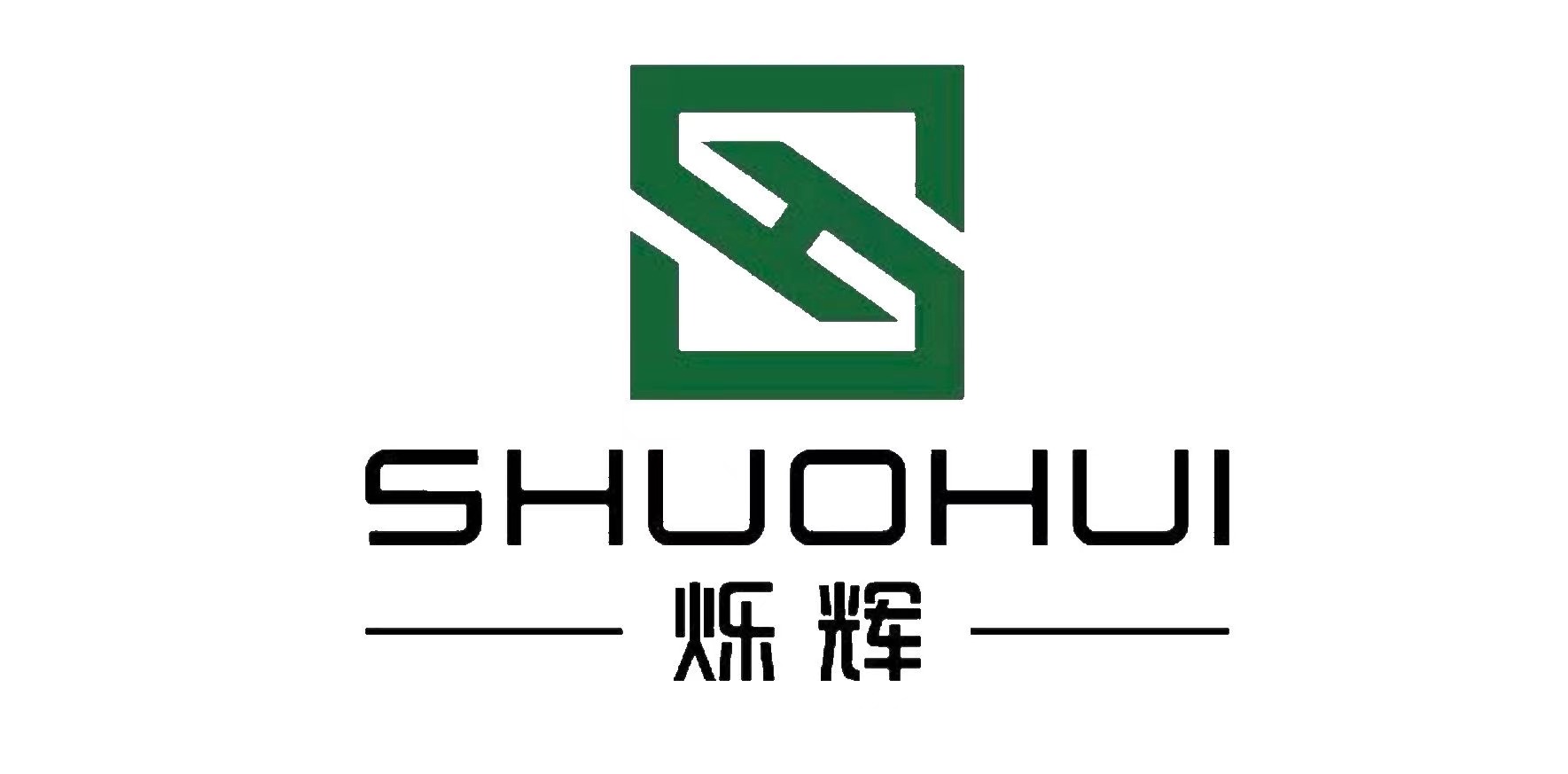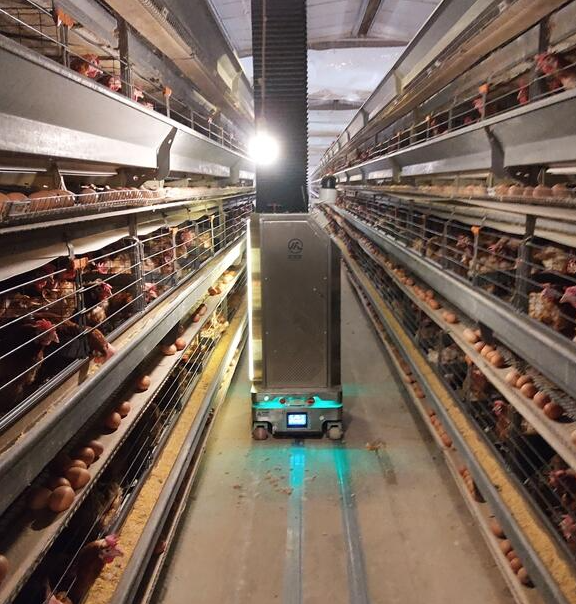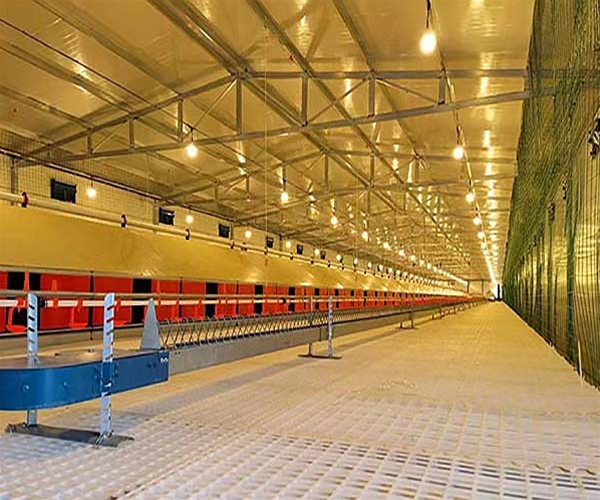With the development of technology, modern agriculture is moving towards greater automation, especially in poultry farming. The intelligent egg chicken inspection robot is an innovative device that has gradually become essential in improving farming efficiency and ensuring the health of chickens. By automating inspections, monitoring health in real time, and analyzing environmental data, this robot not only boosts production efficiency but also brings cost savings and disease prevention. This article will introduce the functions, advantages, and impact of the intelligent egg chicken inspection robot on poultry farming.
1. Introduction to the Intelligent Egg Chicken Inspection Robot
The intelligent egg chicken inspection robot is an advanced automation device designed to improve poultry farm management. It replaces manual inspection by using cameras, sensors, and other smart devices. This ensures the chickens’ health and the environment are kept in optimal conditions.
The robot moves automatically along preset tracks in the chicken coop and inspects every cage. It sends real-time data to farmers so they can monitor the health of the chickens, environmental conditions, and potential risks.
2. Main Functions and Features of the Intelligent Inspection Robot
1. Automated Inspections to Improve Efficiency
The robot follows preset tracks in the chicken coop to inspect every cage automatically. Unlike manual inspections, it works around the clock, saving time and reducing costs. The robot can conduct frequent inspections, ensuring chickens are always monitored.
2. Health Monitoring and Early Detection of Abnormalities
The robot uses cameras and sensors to monitor the shape and color of the chicken combs and the cleanliness of their feathers. It analyzes this data to detect abnormalities, such as illness or unusual conditions. If any abnormalities are detected, the robot alerts the farm workers.
3. Environmental Parameter Detection to Ensure Optimal Conditions
The robot continuously monitors the coop’s temperature, humidity, and air quality. It collects and transmits this data to the farmers. This allows for timely adjustments to maintain the best environment for the chickens, improving egg production and quality.
4. Early Detection of Dead Chickens to Prevent Disease Spread
In traditional manual inspections, dead chickens might be found late, which could contribute to the spread of disease. The robot immediately detects dead chickens, helping to remove them promptly. This prevents the spread of pathogens and reduces the risk of infection.
5. Reducing Stress Responses and Enhancing Chicken Stability
Manual inspections often disturb chickens, causing stress and affecting their health. The robot’s automated inspections reduce human intervention and avoid stressing the chickens. This helps maintain a stable and healthy environment for the chickens, improving egg production.
6. Precise Detection of Problematic Chickens Using Advanced Technology
The robot uses advanced audio, video, and sensor technologies to detect sick or problematic chickens. For example, it can detect respiratory issues by analyzing sounds, or identify digestive problems by monitoring abnormal droppings. These features help farmers pinpoint and address issues quickly.
3. Advantages of the Intelligent Egg Chicken Inspection Robot
- Improved Farming Efficiency and Reduced Labor Costs
The robot works continuously and efficiently, reducing the need for manual labor. It also eliminates human errors and ensures precise monitoring. - Better Chicken Health and Reduced Disease Spread
Real-time health monitoring helps detect health problems early, preventing disease outbreaks. This improves overall flock health. - Higher Egg Production and Increased Profitability
Healthy chickens and optimal environmental conditions contribute to higher egg production and better profitability. The robot’s efficiency helps farms achieve greater success.
4. The Future of Intelligent Inspection Robots
With the continuous development of AI, IoT, and big data technologies, intelligent inspection robots will become even more advanced. Future robots may feature AI algorithms for more precise health trend predictions. They may also automatically adjust inspection paths based on different coop environments. The robots may integrate with other farm management systems to provide comprehensive solutions.
5. Conclusion
The intelligent egg chicken inspection robot is an important part of modern poultry farming. It automates inspections, monitors health, and controls the environment, improving farming efficiency, reducing labor costs, and enhancing disease control. As technology continues to advance, these robots will play an even more critical role in poultry farming, helping farmers achieve more efficient and sustainable production.
Call to Action: To learn more about smart farming solutions or how to improve your egg production efficiency, visit our website. We provide comprehensive automation equipment and solutions for successful farming.


